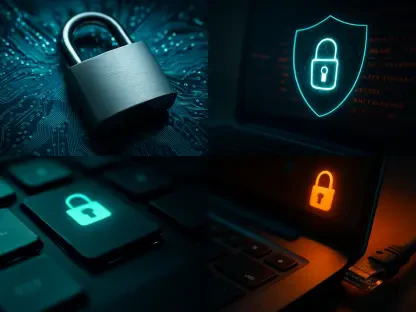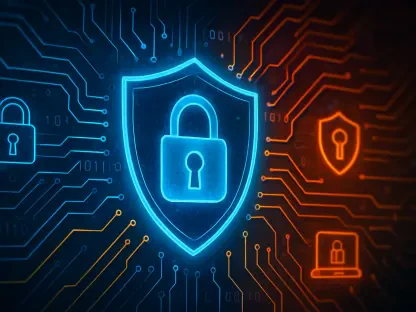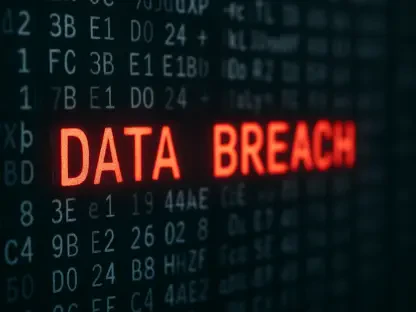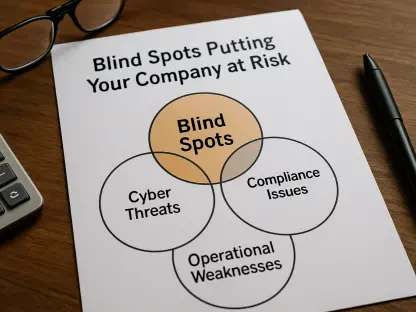The alarming trend of malicious actors repurposing legitimate red team tools, such as EDRSilencer, poses significant challenges to the cybersecurity landscape. Originally created to help security professionals test defenses, EDRSilencer is now being used to bypass endpoint detection and response (EDR) systems, creating new vulnerabilities. Given this backdrop, modern cybersecurity measures must evolve to counteract these sophisticated threats effectively. The stakes are high, and the need for robust, adaptive security protocols has never been more pressing.
Understanding the Repurposed Threat
EDRSilencer was initially developed to assist red teams in simulating attacks, testing an organization’s defenses, and improving security measures. However, cybercriminals have ingeniously adapted this tool for malicious purposes. By manipulating EDRSilencer to interfere with the communication between EDR systems and their management consoles, attackers can blind these defenses, making systems more vulnerable. The tool leverages the Windows Filtering Platform (WFP) to block outbound communications of EDR processes. This clever repurposing highlights the sophistication of modern attacks and raises questions about the robustness of current security protocols.
How EDRSilencer functions and its ability to neutralize EDR systems underscore the urgent need for enhanced cybersecurity measures. It dynamically identifies active EDR processes and blocks their outbound communications, effectively blinding security defenses to potential threats. This process involves the use of WFP, which allows the tool to set custom rules for network filtering. Attackers can use EDRSilencer’s command-line interface to block specific processes or all EDR traffic, showcasing the depth of control at their disposal.
Mechanisms Behind EDRSilencer’s Effectiveness
Once attackers identify the processes associated with known EDR products, they use EDRSilencer to block communications broadly or selectively. WFP filters are then applied to block outbound communications for both IPv4 and IPv6 traffic, and these filters persist even after a system reboot. With EDR systems neutralized, cybercriminals can execute their payloads with significantly reduced risk of detection. Trend Micro’s testing of EDRSilencer revealed its effectiveness in preventing endpoint activity logs from reaching management consoles. This ability to block other processes not initially targeted indicates a broad and flexible range of influence, making EDRSilencer a versatile tool for attackers.
The repurposing of EDRSilencer illustrates the increasing sophistication and adaptability of cybercriminal tactics. The dual-use nature of cybersecurity tools necessitates vigilant monitoring and advanced preventive strategies. As legitimate tools become potential threats, the cybersecurity landscape faces heightened risks that demand more comprehensive defense mechanisms. This transformation from a red team tool into a weapon underscores the evolving nature of cyber threats and the ongoing battle between security professionals and malicious actors.
Defensive Strategies and Recommendations
To counteract the threat of tools like EDRSilencer, organizations must adopt multi-layered security controls. A combination of network segmentation, firewalls, intrusion detection systems, antivirus software, and EDR solutions can create a more robust defense system. Enhanced endpoint security measures, such as behavioral analysis and application whitelisting, are crucial in detecting and limiting the execution of unauthorized software. Continuous monitoring and proactive threat hunting are essential for identifying indicators of compromise (IoCs) and advanced persistent threats (APTs).
By staying ahead of potential threats, organizations can mitigate risks before they escalate. Additionally, strict access controls and the application of the principle of least privilege can minimize access to sensitive network areas, reducing the potential impact of security breaches. The cybersecurity community must continuously evolve to outpace cybercriminal advancements. Proactive strategies and ongoing education and training are vital to maintaining an effective defense against complex threats like EDRSilencer.
The Path Forward
The growing trend of cybercriminals repurposing legitimate red team tools like EDRSilencer is a serious concern for the cybersecurity community. EDRSilencer, originally designed to help security professionals test the robustness of their defenses, is now being manipulated to elude endpoint detection and response (EDR) systems, thereby creating new security loopholes. This backdrop underscores the urgent need for modern cybersecurity measures to adapt rapidly to these evolving and sophisticated threats.
Today’s cybersecurity landscape requires robust, flexible, and advanced security protocols that can effectively address these emerging vulnerabilities. Traditional security measures can no longer keep pace with the ingenuity of malicious actors who exploit legitimate tools for harmful purposes. Therefore, the stakes are incredibly high, and organizations must prioritize the development and implementation of adaptive security strategies. The pressing demand for fortified, dynamic defenses highlights the ongoing challenge to protect sensitive data and maintain the integrity of digital infrastructures in an ever-evolving threat landscape.









